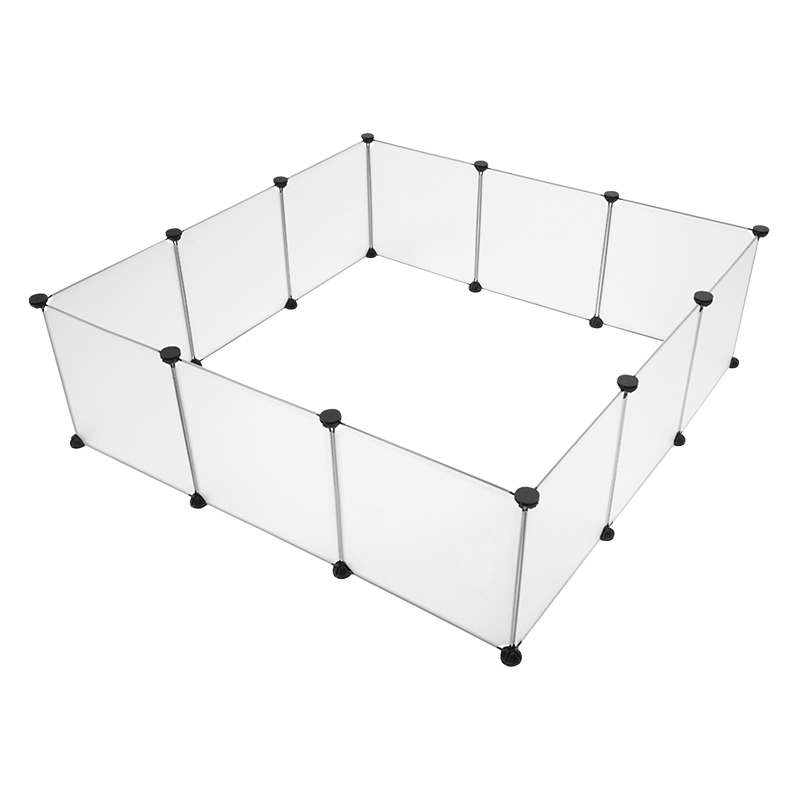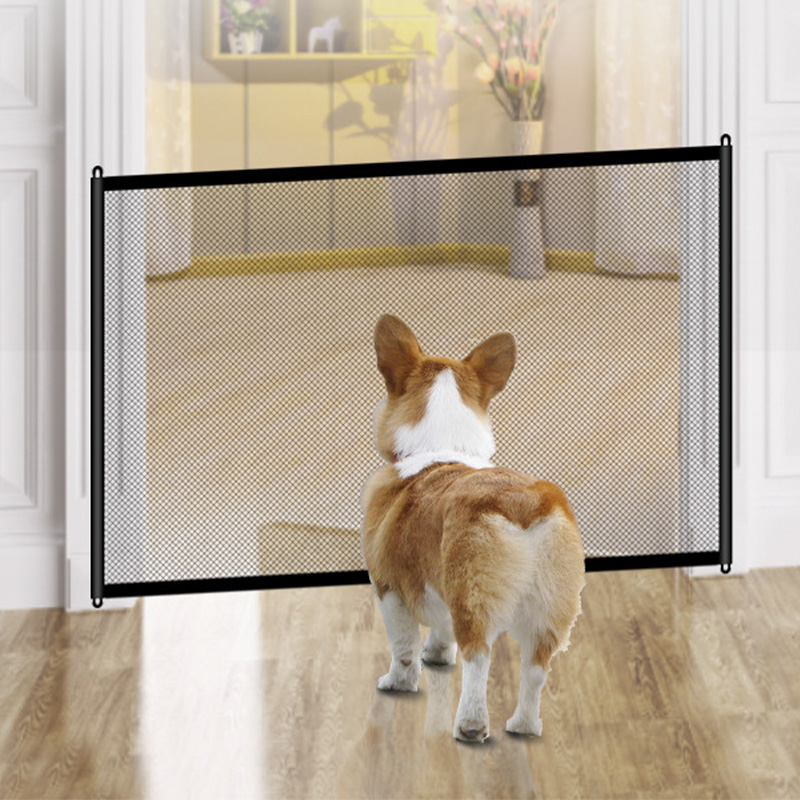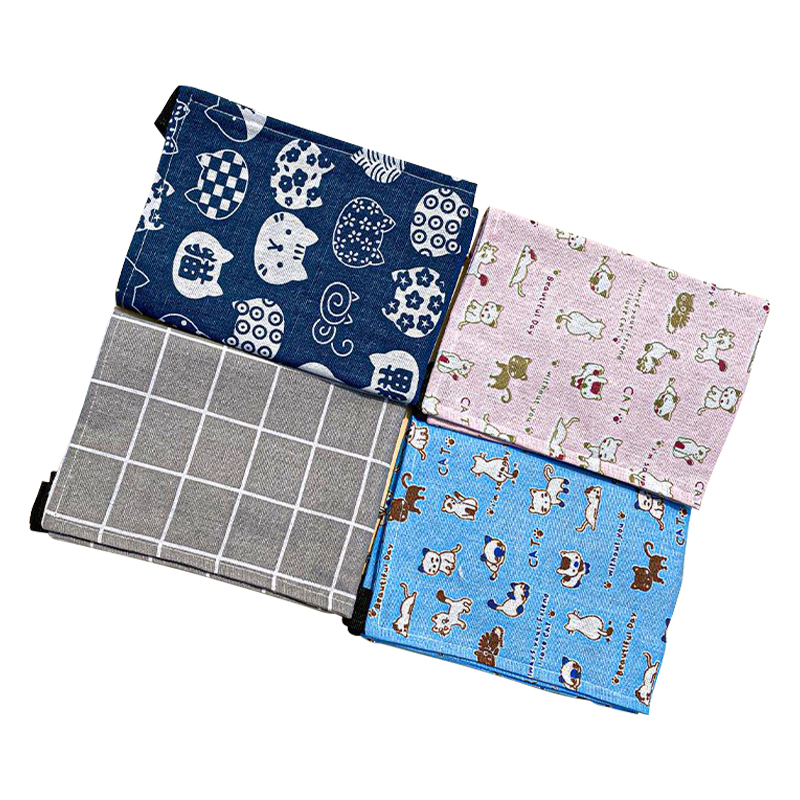This article will explore essential safety tips and considerations for each of these items, helping you create a secure environment for your pets.
The Importance of Pet Cage Safety
Pet cages and enclosures serve various purposes, from providing a safe space for your pets during travel to creating a comfortable area for them to relax at home. However, without proper safety measures, these items can pose risks to your pets. A well-designed cage not only keeps your pets contained but also protects them from potential dangers.
Choosing the Right Outdoor Cat Teepee
Outdoor cat teepees are a fantastic way to provide your feline friend with a cozy retreat in your backyard or garden. However, when selecting a teepee, consider the following safety features:
1. Materials: Ensure the teepee is made from durable, non-toxic materials that can withstand the elements. Look for weather-resistant fabrics and sturdy frames that won't easily tip over or collapse.
2. Ventilation: Adequate ventilation is crucial for your cat's comfort. A well-ventilated teepee prevents overheating and allows fresh air to circulate, creating a pleasant environment.
3. Stability: Consider anchoring the teepee to prevent it from being blown away by strong winds. You can use stakes or weights to secure it in place, ensuring your cat stays safe while exploring outdoors.
4. Space: Choose a teepee that provides enough space for your cat to move around comfortably. A cramped environment can advance to stress and anxiety, which may result in behavioral issues.
Ensuring Safety in Camper Dog Crates
Camper dog crates are essential for pet owners who love to travel. These crates keep your dog secure during road trips, but safety should always be a priority. Here are key considerations:
1. Size and Fit: The crate should be appropriately sized for your dog. It should allow them to stand up, turn around, and lie down comfortably. A crate that is too small can cause stress and discomfort.
2. Secure Latch Mechanism: Ensure the crate has a sturdy latch that prevents accidental openings. Dogs are clever and can sometimes find ways to escape if the latch is weak or poorly designed.
3. Crash-Tested Design: Look for crates that have been crash-tested to ensure they can withstand the impact of sudden stops. A well-designed crate can protect your dog during accidents, reducing the risk of injury.
4. Proper Ventilation: Adequate airflow is vital for your dog's comfort, especially during long journeys. Ensure the crate has proper ventilation openings to keep the air circulating.
The Role of Pet Pads for Dogs
Pet pads provide a comfortable and hygienic surface for your dog to rest on, whether in a crate or on the floor. To maximize safety when using pet pads, keep these points in mind:
1. Non-Slip Bottom: Choose pet pads with a non-slip bottom to prevent sliding, which can advance to accidents. A stable surface helps your dog feel secure and reduces the risk of falls.
2. Easy to Clean: Opt for pet pads that are easy to clean and maintain. Regular washing is essential to prevent the buildup of bacteria and odors, ensuring a healthy environment for your pet.
3. Absorbent Material: Look for pads made from absorbent materials to help manage accidents. Pads that quickly wick away moisture can keep your pet dry and comfortable.
4. Safe Edges: Ensure the edges of the pet pad are safe and won't fray or unravel, which could pose a choking hazard for your dog. Quality construction is key to preventing potential dangers.
As a pet owner, your primary goal is to create a safe and loving environment for your furry friends. Whether you're using an outdoor cat teepee, a camper dog crate, or pet pads for dogs, understanding the safety features of these products is essential. By choosing wisely and following safety guidelines, you can provide a secure space for your pets to thrive. Remember, a safe pet is a happy pet, and investing in quality products ensures that your furry companions advance healthy, joyful lives.











